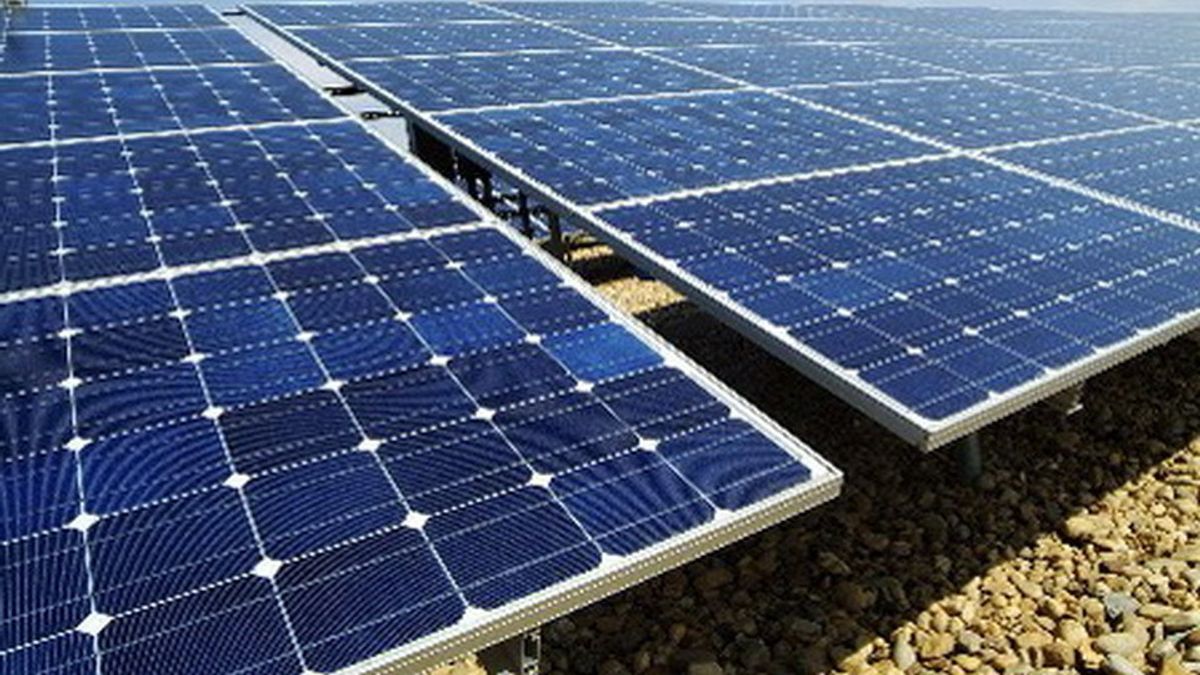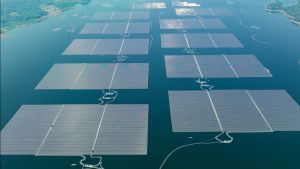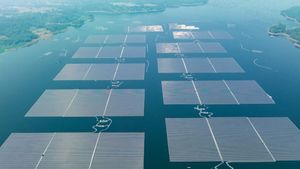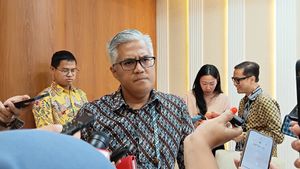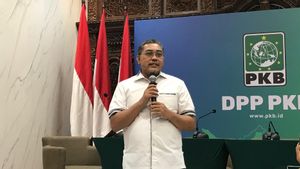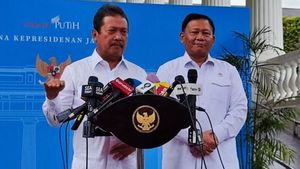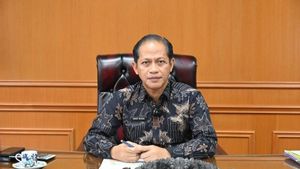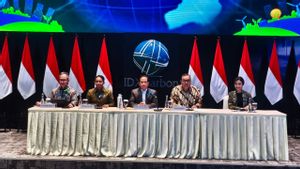JAKARTA - The government is prioritizing the development of solar power plants (PLTS) which are expected to be the locomotive of increasing the national clean energy mix in the future. In addition, the development of solar energy costs of cheap, competitive investment and fast implementation.
There are three major programs in the development of Solar Power Plants (PLTS) in Indonesia, roof PLTS, large-scale PLTS, and floating PLTS. PLN noted that the installed capacity of the roof PLTS as of May 2021 reached 31.32 megawatts from 3,781 customers. The target of the government with a roof PLTS installed capacity of 3.6 gigawatts by 2030. This is believed to be achieved by utilizing government-owned buildings, buildings and facilities belonging to SOEs, industry, businesses, and households.
Following Paris' approval, the government is targeting a reduction in carbon emissions in the large-scale PLTS program of 7.96 million tons. To achieve this target, large-scale PLTS is distributed evenly throughout Indonesia starting from Sumatra with a capacity of 1,178 megawatts, Java-Bali 1,863 megawatts, Kalimantan 563 megawatts, Sulawesi 781 megawatts, Maluku 426 megawatts, Nusa Tenggara 389 megawatts, and Papua 141 megawatts. In addition to reducing carbon emissions, the purchase price at large-scale PLTS can also be affordable.
SEE ALSO:
In the process of achievement, of course, it is necessary to plan the right auction in the large-scale PLTS project. Precise planning is transparent and supported by policies that support project financial feasibility. According to the Executive Director of the Institute for Essential Services Reform (IESR), Fabby Tumiwa, the auction process in the large-scale PLTS project will have an impact on the selling price of the PLTS itself.
"The large-scale PLTS auction in Indonesia is highly fixated on the provisions of the procedure for the auction of goods and services that apply to PLN, namely general tender, limited tender, direct appointment and direct procurement, with various additional provisions, such as TKDN requirements. And this can hinder the development of solar installations," he said.
He considered that the large-scale PLTS auction process was not suitable for very competitive prices. In addition to the auction method, Fabby said that the large-scale procurement process at PLTS is very similar to procurement at PLN. He asked the government and the DPR to immediately evaluate the changes in the auction method in the PLTS project so that they can get competitive selling prices but with excellent quality.
"We need to think about changing the auction method for PLTS so that we get competitive prices, excellent quality. Maybe the government, the DPR and PLN need to imitate three countries (Brazil, India and the United Arab Emirates) who have successfully developed electricity with solar power in their country," he said.
The transparent auction standard followed by the right schedule is expected to enliven the offering market in the procurement process at large-scale PLTS. The regulatory side as the main supporting factor also needs to include local wisdom.
"Another important thing besides what was mentioned earlier, regulations as the main supporting factor must include local wisdom to encourage the development of large-scale diesel and protect local industries," he concluded.
The English, Chinese, Japanese, Arabic, and French versions are automatically generated by the AI. So there may still be inaccuracies in translating, please always see Indonesian as our main language. (system supported by DigitalSiber.id)
